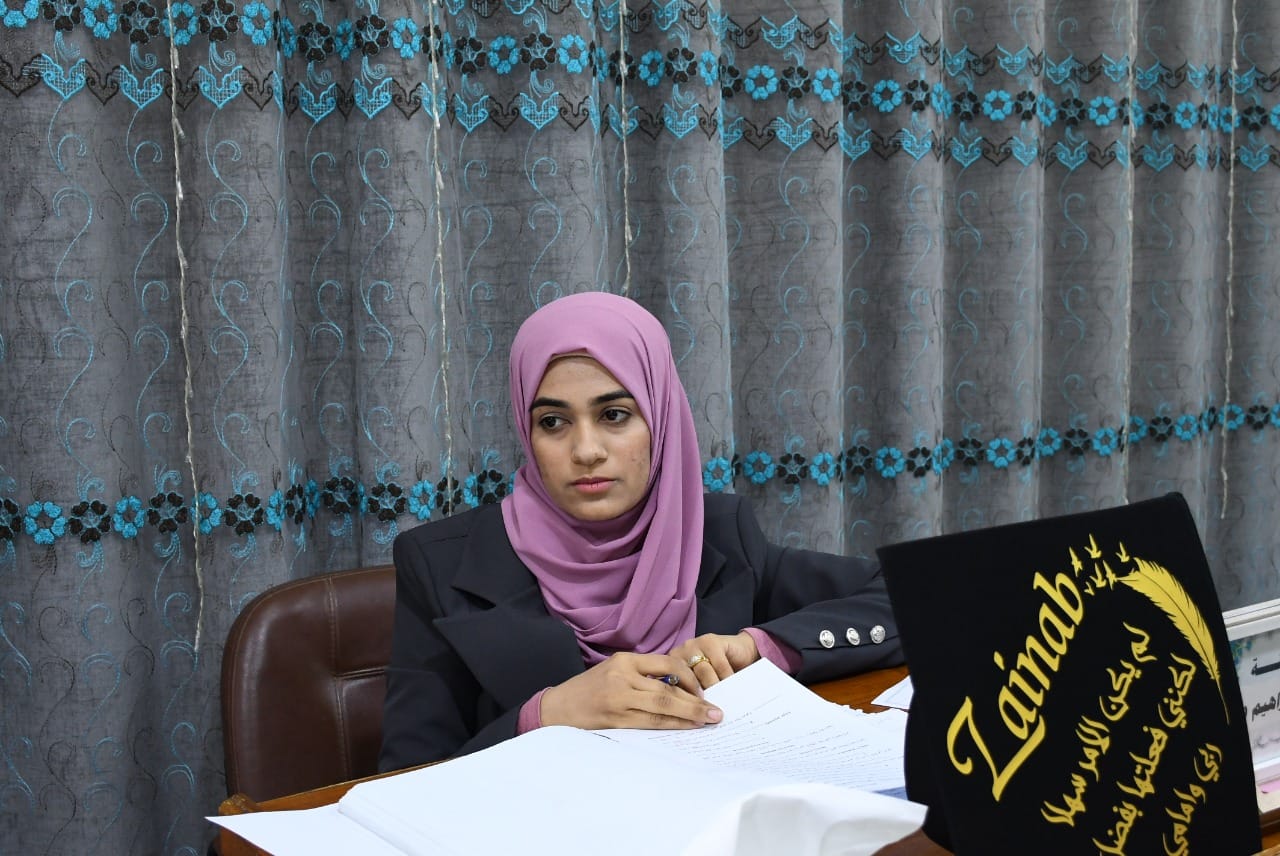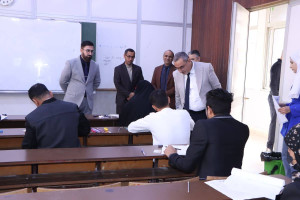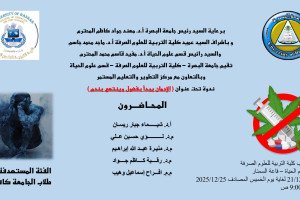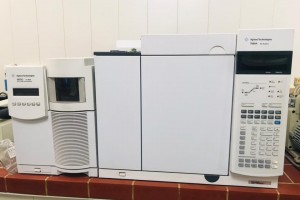
The College of Education for Pure Sciences at the University of Basrah discussed a master's thesis on (a survey and diagnosis of the family of house flies (Diptera: Muscidae) with a study of the reasons for their spread in Basrah Governorate)
The thesis presented by the researcher (Zainab Ibrahim Dayikh) included a phenotypic and molecular diagnosis of the recorded species, and the design of a taxonomic key for the species recorded during the current study, which is the first study at the level of Basrah and the southern region.
On the other hand, the average monthly density of the house fly, Musca domestica, was calculated in three stations, including Bab Suleiman, Al-Qibla, and Al-Mashab, using sticky traps, and showing the effect of some environmental factors on its presence and spread, and these factors included (air temperature, wind speed, and percentage of humidity).
The aim of the letter is:
Conducting a survey and diagnosis of the family of house flies. To achieve this, samples were collected and diagnosed. The taxonomic study also included a morphological and anatomical description supported by pictures and drawings, with the addition of a taxonomic key for the diagnosed species. These species were diagnosed according to the global and local taxonomic keys. The results of the phenotypic taxonomic study showed the registration of ten species of complete house flies. And four of them were recorded for the first time in Iraq, two of which belong to the genus Musca, one to the genus Stomoxys, two to the genus Muscina, three to the genus Lispe, one to the genus Limnophora, and another belonging to the genus Coenosia.
The results of the molecular study in the current study of five species of the family of house flies, namely M. domestica, M. sorbens, S. calcitrans, M. stabulans, and L. Orientalis, showed that the phenotypic diagnosis matched the molecular diagnosis, and their genetic sequences matched the similar species globally and were documented in Gene Bank with matching rates ranging from 99.84-99.15%. Species sequences were preserved and documented at the National Center for Life Technology Informatics NCBI under accession numbers specific to each species, with the names of researchers included.
The environmental factors were measured in the study stations, namely air temperature, humidity and wind speed during the study months, as the temperature ranged between 18.6-49.4, while the humidity ranged between 15.2-56%, and the wind speed recorded between 10.5-15.7 km/h. A significant effect (p < 0.05) of environmental factors and their interactions on the density of females and males of the house fly Musca domestica during the months of the study and between stations. July, while the highest monthly density of females was 28.9 individuals/m2 in April at Bab Suleiman station and the lowest was at Qibla station during July, when it reached 0.6 individuals/m2. The highest and lowest intensity recorded at the Qibla station.








